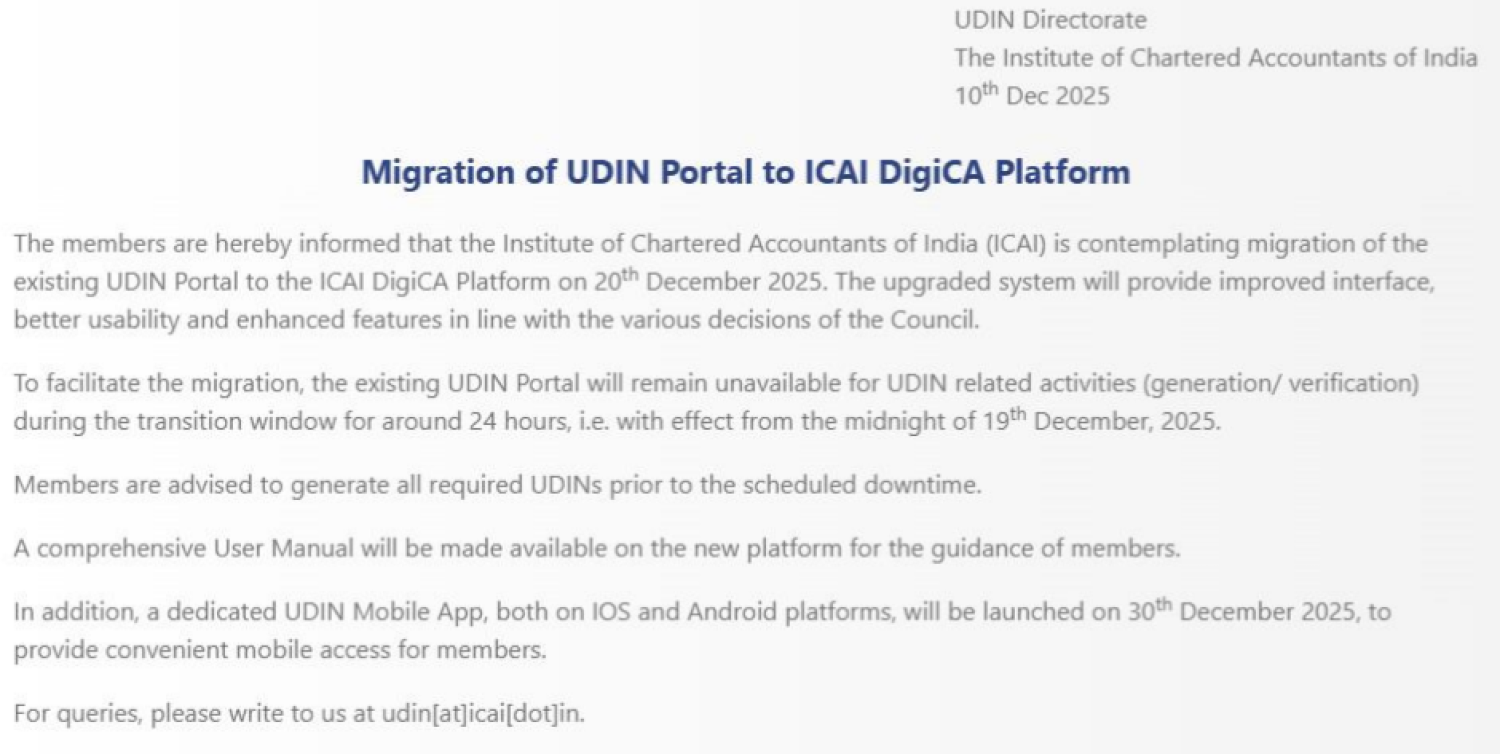
USA Individuals 1040 Series Tax compliance and Filling of Tax Return
The 1040 series of forms is the primary set of forms used by individuals in the US to file their federal income taxes. Each form in the 1040 series serves different taxpayer needs based on income types, deductions, and credits. Summarized scope of work for the US Individuals Tax filling & Compliance
|
Individuals 1040 Series |
|
|
Category 1 - Basic |
|
|
|
W-2 |
|
|
Standard Deduction |
|
|
Federal Return |
|
|
1 State Return |
|
|
Single/MFJ/MFS/HOH/QOW |
|
|
|
|
Category 2 - Intermediary |
|
|
|
In addition to Category 1 |
|
|
Itemized Deductions - Schedule A |
|
|
Business Income - Schedule C |
|
|
Rental Income - Schedule E |
|
|
Schedule K-1s - up to 5 |
|
|
Brokerage Statements - Form 1099 - up to 5 |
|
|
Each additional state |
|
|
FBAR – Up to 10 financial assets |
|
|
Form 5471 - each Form |
|
|
Form 5472 (up to 4) |
|
|
Form 8938 - Up to 10 financial assets |
|
|
Form 8621 (PFIC) - each Form |
|
|
|
|
Category 3 - High Net worth Individuals |
|
|
|
All the above for a bundle |
Here's an overview of the main components and compliance requirements for the Form 1040 series:
1. Form 1040: U.S. Individual Income Tax Return
- Purpose: This is the main form most taxpayers use to report their income and calculate their federal tax liability.
- Who Files: Every US citizen, resident alien, and qualifying non-resident alien who earns income that exceeds the standard deduction must file Form 1040.
- Sections: Form 1040 includes sections for reporting wages, dividends, interest, capital gains, business income, deductions, credits, and other relevant tax details.
2. Form 1040-SR: U.S. Tax Return for Seniors
- Purpose: This is an alternative to Form 1040 designed for taxpayers aged 65 or older, featuring larger print and a simpler layout.
- Who Files: Seniors aged 65 and above, with income sources like wages, Social Security, pensions, and IRA distributions.
- Key Differences: Same as Form 1040 but tailored for seniors.
3. Schedules Accompanying Form 1040
Form 1040 requires additional schedules to report specific types of income, adjustments, or credits.
- Schedule 1: Additional Income and Adjustments to Income.
- Reports items like unemployment income, business income, rental income, and certain deductions like student loan interest and self-employed health insurance.
- Schedule 2: Additional Taxes.
- Includes other taxes, such as the Alternative Minimum Tax (AMT), self-employment tax, and household employment tax.
- Schedule 3: Additional Credits and Payments.
- Covers credits like education credits, foreign tax credit, and payments made through estimated taxes or excess Social Security withholding.
4. Form 1040-NR: U.S. Nonresident Alien Income Tax Return
- Purpose: Nonresident aliens file this form to report income earned from US sources.
- Who Files: Non-US citizens who do not meet the residency test but earned US-sourced income.
- Key Differences: No standard deduction for nonresident aliens, and they are only taxed on US-sourced income.
5. Form 1040-X: Amended U.S. Individual Income Tax Return
- Purpose: Used to correct errors on a previously filed Form 1040 or 1040-SR.
- Who Files: Taxpayers who need to amend their tax return, whether due to missed deductions, misreported income, or incorrect credits.
- Deadline: Must be filed within three years of the original filing date or within two years of the date the tax was paid, whichever is later.
6. Form 1040-ES: Estimated Tax for Individuals
- Purpose: For taxpayers who are self-employed or have significant income from non-wage sources (e.g., dividends, rental income) and need to pay quarterly estimated taxes.
- Who Files: Individuals who expect to owe more than $1,000 in taxes after subtracting withholding and credits.
7. Form 1040-V: Payment Voucher
- Purpose: A voucher used when taxpayers submit a check or money order to the Internal Revenue Service to pay their tax liability.
- Who Uses: Taxpayers who choose not to pay online and prefer mailing in their payments.
8. Form 1040 Schedule D: Capital Gains and Losses
- Purpose: Used to report the sale of investments, such as stocks, bonds, and real estate, and to calculate the resulting capital gains or losses.
- Who Files: Anyone who sells a capital asset (such as investments or real estate) during the tax year.
9. Form 1040 Schedule C: Profit or Loss from Business
- Purpose: Filed by self-employed individuals, independent contractors, or small business owners to report business income and expenses.
- Who Files: Sole proprietors and freelancers.
- Compliance Tip: Must ensure proper records are maintained for income and expenses to claim deductions.
10. Compliance Requirements for the 1040 Series
- Filing Deadline: Typically due by April 15. An extension (Form 4868) can be filed for more time (until October 15), but taxes owed must still be paid by April 15 to avoid penalties and interest.
- Accurate Income Reporting: Ensure all income, including wages, interest, dividends, business income, and capital gains, is reported. Missing income can result in underreporting penalties.
- Deductions & Credits: Taxpayers must accurately claim deductions and credits such as the Earned Income Tax Credit (EITC), Child Tax Credit, education credits, and retirement contributions.
- Estimated Taxes: Self-employed individuals or those with significant income outside of wage earnings must comply with estimated tax payment requirements to avoid penalties.
- Foreign Income: US citizens must report worldwide income, and foreign-earned income exclusions or credits must be claimed where applicable (e.g., Form 2555 for Foreign Earned Income Exclusion or Form 1116 for Foreign Tax Credit).
- Failure-to-File Penalties: Penalties apply for failing to file or pay taxes on time. This is typically 5% of unpaid taxes for each month late, up to a maximum of 25%.
11. Other Important Forms
- Form 8889: For Health Savings Accounts (HSAs).
- Form 8917: For tuition and fees deductions.
- Form 8880: For retirement savings contribution credit.
Internal Revenue Service Communication
- Notices: Taxpayers may receive Internal Revenue Service notices if discrepancies are found, such as underreported income or calculation errors. It’s essential to respond to these notices promptly to avoid escalations.
- Amendments: Taxpayers can file Form 1040-X to correct any errors or omissions in their initial filing.
Would you like to explore a specific area of USA Individuals 1040 Series compliance further, such as foreign income reporting or self-employment deductions

















